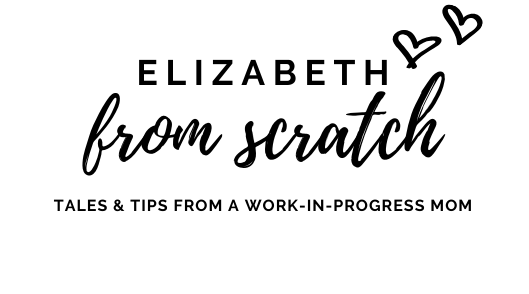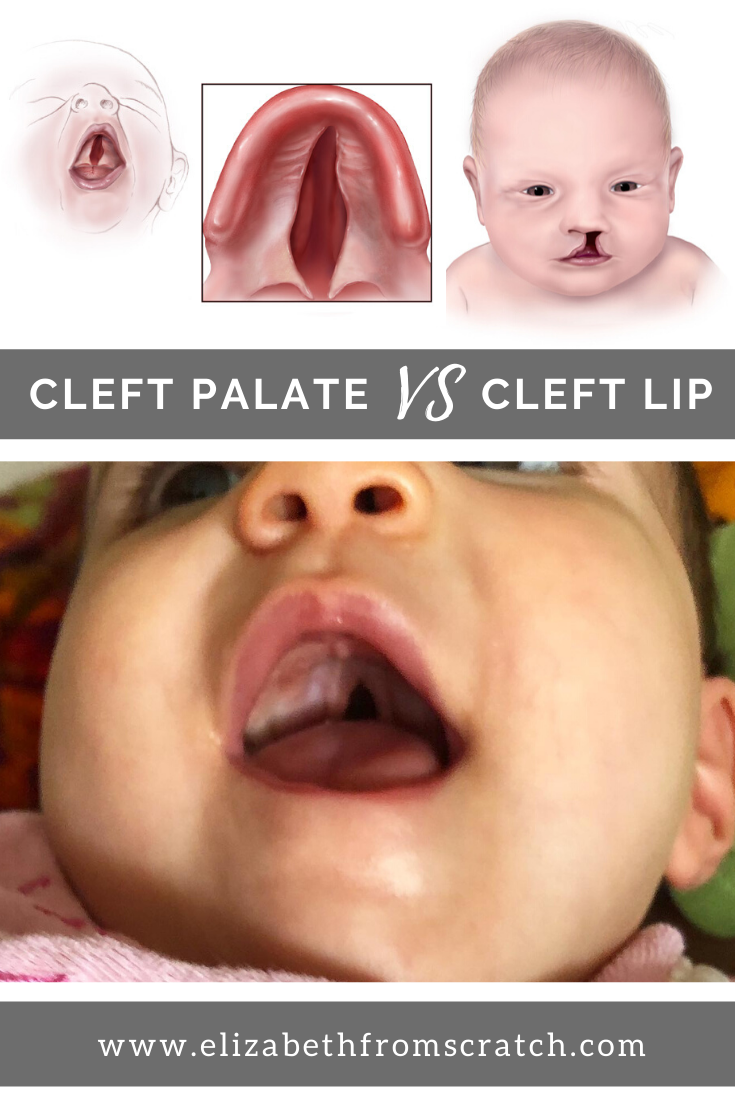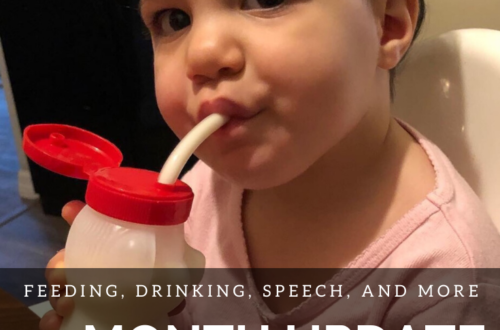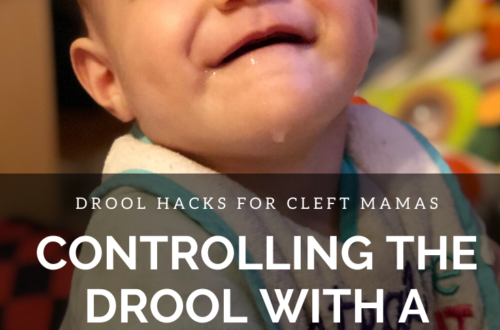When I tell people that my daughter Josephine was born with a cleft palate, many of them respond by saying something along the lines of,
“Wow, really??? You can’t even tell!”
This is because, when people hear the word “cleft,” they automatically think of cleft lip. But a cleft palate is something totally different (though the two often occur together).
Don’t feel bad if you’ve made the same mistake. It’s totally understandable! I don’t think many people even know what a cleft palate is. So I wanted to write this post to break it down for you!
Cleft Lip
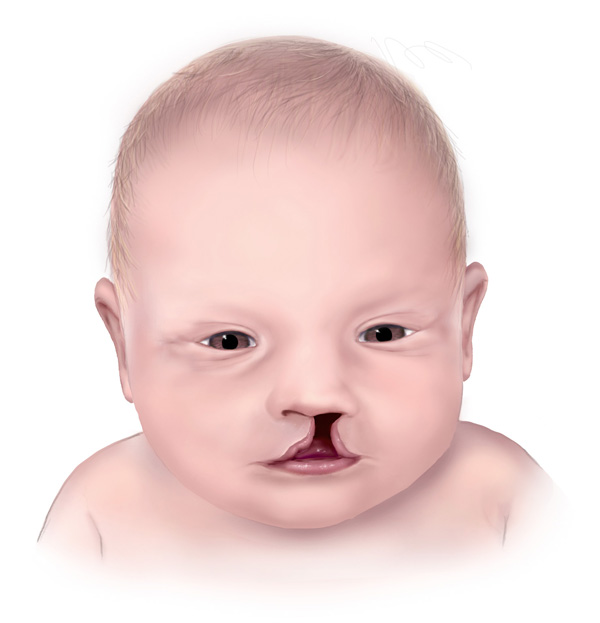
A cleft lip is a gap in the upper lip. According to the Centers for Disease Control and Prevention, “As a baby develops during pregnancy, body tissue and special cells from each side of the head grow toward the center of the face and join together to make the face.” A cleft lip occurs if those tissues do not join together correctly.
A cleft lip can be:
- Unilateral – a unilateral cleft lip is a cleft that only occurs on one side of the lip
- Bilateral – a bilateral cleft lip occurs on both sides of the lip
- Complete – a complete cleft lip is a slit that extends through the lip, gum, and nostril
- Incomplete – an incomplete cleft lip is a small slit in the lip only
Cleft Palate
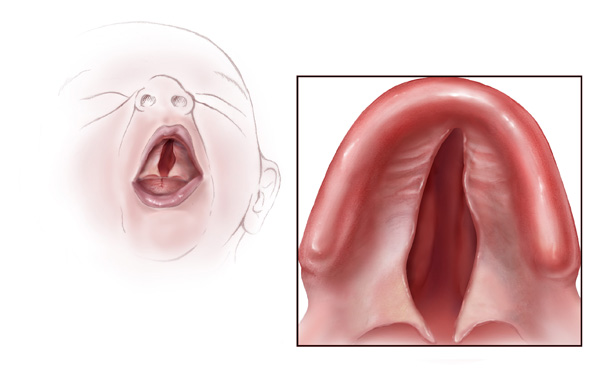
A cleft palate is a gap in the roof of the mouth. Similar to the cleft lip, a cleft palate occurs when the tissues that form the roof of the mouth do not fuse together properly during pregnancy.
A cleft palate can be:
- Complete – a complete cleft palate is a gap that extends from the uvula (that little dangly thing at the back of your mouth) all the way to the gums. It can be unilateral or bilateral.
- Incomplete – an incomplete cleft palate is a gap that starts in the back at the uvula, but does not extend all the way to the gums. It can vary in severity.
Some babies are born with a cleft lip, some are born with a cleft palate, and some are born with both. These birth defects can be isolated incidents, or they can be caused by something genetic.
As for my daughter Josie – she was born with a condition called Pierre Robin Sequence. (You can learn more about PRS by reading this post.) One of the issues that stemmed from her PRS was a cleft palate, or an opening in the roof of the mouth. Josie was NOT born with a cleft lip, which is why you can’t even tell that she ever had a cleft!
Here is a photo of Josie’s cleft. Sorry it’s not the best quality – you can probably guess how difficult it is to get a picture of the inside of a baby’s mouth! We actually had to tickle her and make her laugh to get this one.
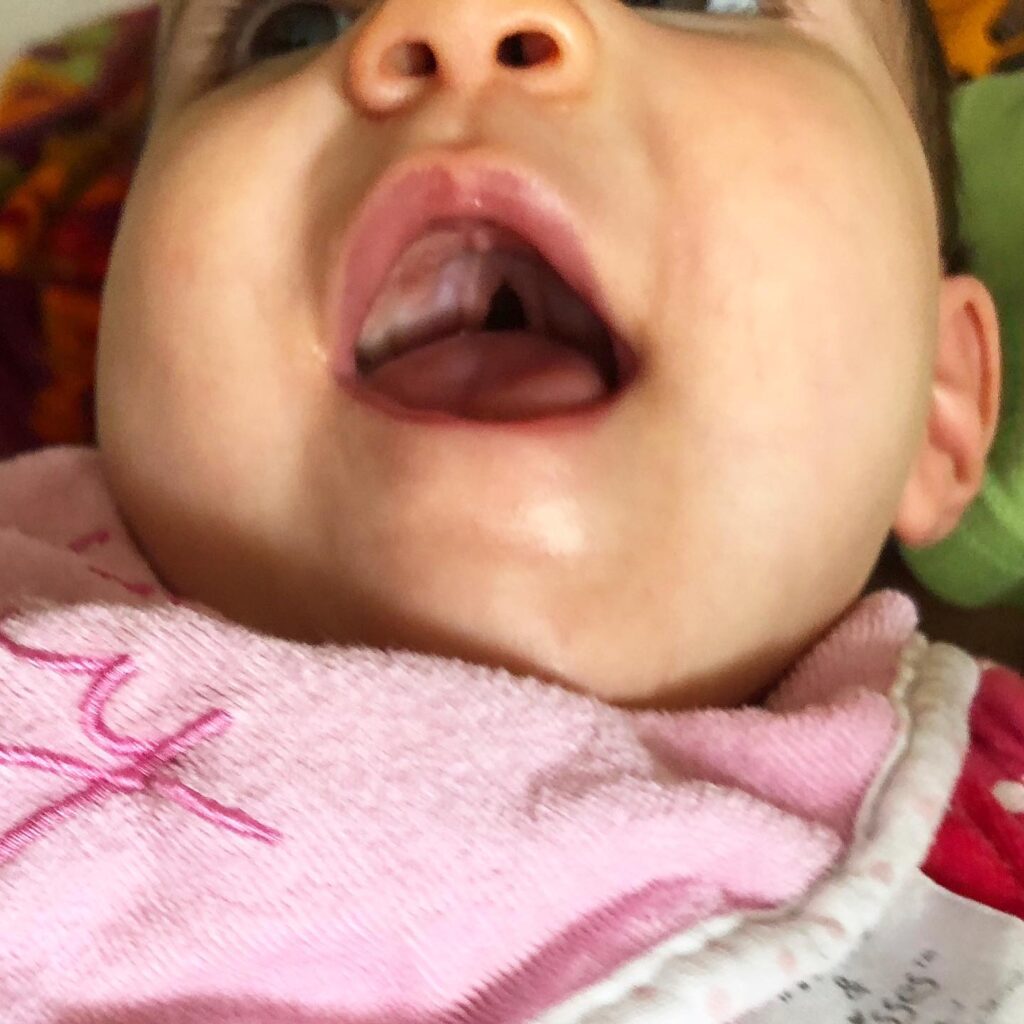
Resources
There is so much more to learn about clefts – this post is an incredibly simplified summary. If you want to learn more please check out the links below!
